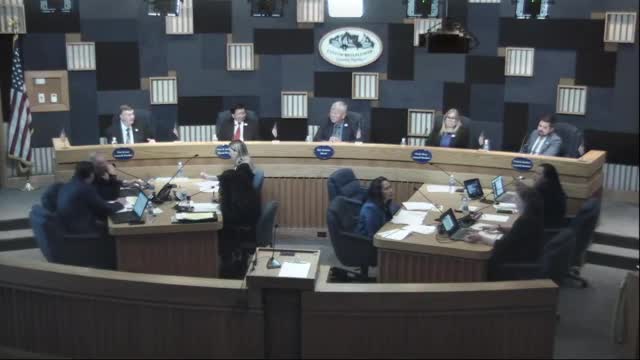Bellflower City Council debates housing element under new charter city status
April 15, 2025 | Bellflower, Los Angeles County, California
Thanks to Scribe from Workplace AI and Family Portal , all articles about California are free for you to enjoy throughout 2025!

This article was created by AI using a video recording of the meeting. It summarizes the key points discussed, but for full details and context, please refer to the video of the full meeting. Link to Full Meeting
The council's deliberations centered on the city's housing element, a framework designed to guide development in alignment with state requirements. With the recent charter status, council members now have the authority to challenge state regulations, a power that some members expressed a desire to leverage. "Now is an opportunity to provide direction for us to prepare documents for you to consider," one council member noted, emphasizing the urgency of the moment.
However, the conversation quickly turned to the potential ramifications of these decisions. Concerns were raised about the impact of new housing regulations on existing neighborhoods, particularly regarding the preservation of the AE zone, an area traditionally valued for its character. "These changes will destroy what we now have as an AE zone," lamented one council member, reflecting a broader anxiety about the balance between development and community integrity.
The council also grappled with the uncertainty surrounding funding for the proposed Metro East line, a project that could significantly alter the city's transit landscape. "If the money were to evaporate, the line would evaporate," one member cautioned, highlighting the precarious nature of infrastructure investments. This uncertainty added another layer of complexity to the housing discussions, as the viability of transit-oriented development hinged on the existence of reliable funding.
As the meeting progressed, the city attorney advised the council to proceed with the proposed housing regulations while simultaneously exploring alternative paths. "Take appropriate action and then provide staff direction on your concerns," he suggested, advocating for a balanced approach that would allow for compliance with state mandates while keeping options open for future adjustments.
In the end, the council's decisions during this pivotal meeting could shape the trajectory of Bellflower's development for years to come. With the power to challenge state laws now in their hands, council members face the daunting task of navigating local needs against broader legislative pressures. As they move forward, the community watches closely, aware that the choices made today will echo through the streets of Bellflower tomorrow.
Converted from Bellflower City Council Meeting - April 14, 2025 meeting on April 15, 2025
Link to Full Meeting
Comments
View full meeting
This article is based on a recent meeting—watch the full video and explore the complete transcript for deeper insights into the discussion.
View full meeting